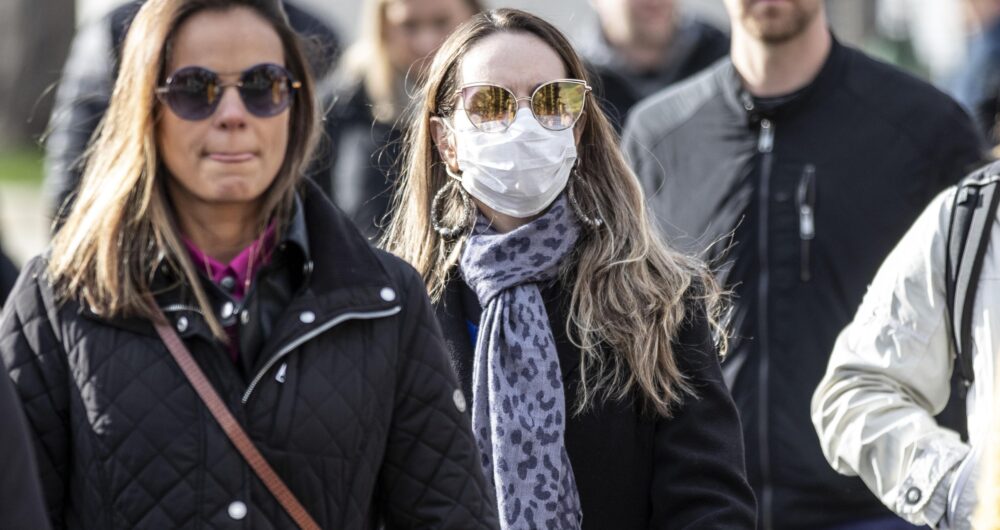The BBC reports that the number of people in England testing positive for coronavirus may be levelling off, according to a household survey by the Office for National Statistics.
After a low in cases at the end of June, it estimated infections had risen slightly in July.
Restrictions have been introduced in Preston and kept in place in 18 other areas to control outbreaks.
Public Health England says virus levels remain “stable at a national level”.
The ONS figures are based on throat and nose swabs from nearly 120,000 people.
They are tested whether they have symptoms or not.
Individuals in hospitals and care homes are not included in the ONS survey, which has been estimating cases in private households since May.
Figures for Wales have been included for the first time – and during the week of 27 July to 2 August, 1,400 people are estimated to have had Covid-19.
In England, the figure for the same week is 28,300.
However, there is uncertainty around these figures because they are based on modelling a sample of the population and a very small number of positive tests – just 53 people from 53 households over six weeks.
And the ONS says there is no clear evidence from its survey to say whether infection rates differ by region in England.
Local restrictions are currently in place in 18 areas in Greater Manchester, West Yorkshire and East Lancashire, plus Leicester.
Preston, in Lancashire, has now also been added to that list.
Public Health England’s watchlist of areas with rising cases now includes Blackburn with Darwen, Leicester, Burnley, Hyndburn, Pendle, Rossendale, Bolton, Bury, Manchester, Oldham, Rochdale, Salford, Stockport, Tameside, Trafford, Wigan, Bradford, Calderdale and Kirklees.
At a national level, PHE says 4,605 cases of coronavirus were detected in the last week of July – similar to the week before.
Prof Keith Neal, emeritus professor of the epidemiology of infectious diseases, at the University of Nottingham, said estimating R was becoming “increasingly difficult” because of the small number of cases around.
“A local cluster in one part of a region such as Leicester in the East Midlands can give a value over 1 overall for the region but the figure would be much lower in the rest of the region.
“These local clusters need to be identified and managed with locally targeted measures,” he said.
“For many parts of the country, infection rates continue to fall but caution and avoidance of high risk mixing needs to continue.”
Prof Neal added: “The best way the public can help control Covid-19 is to get tested if they have symptoms, and if positive, isolate and identify their contacts.”




